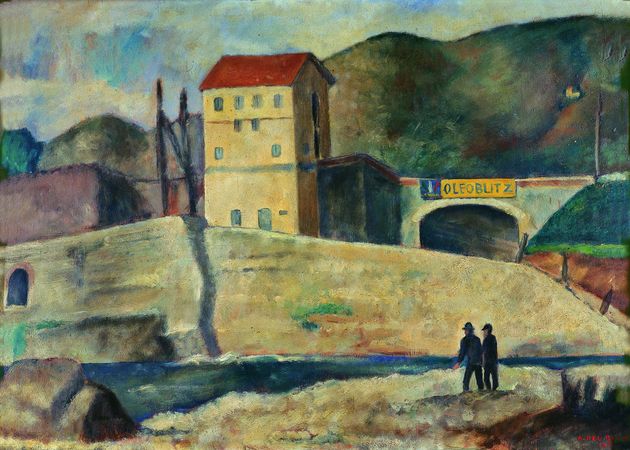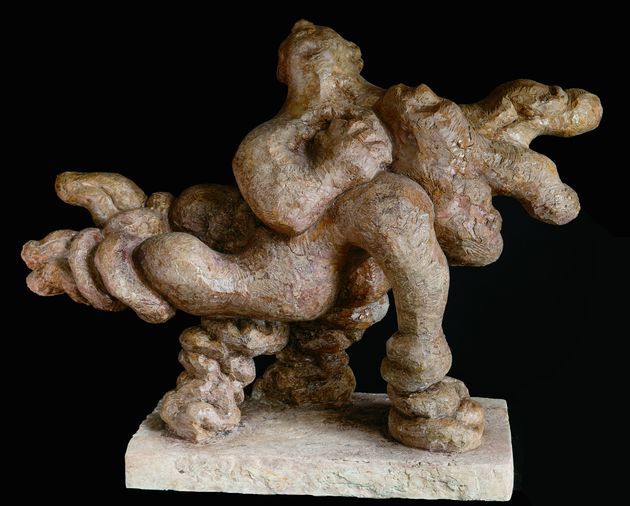Ardengo Soffici emerges as the key artistic figure animating the first two decades of 20th-century Tuscany. He witnessed and took part with Amedeo Modigliani and Lorenzo Viani in the Paris avant-garde movements, and was a mediator between Futurist art and literature. He was one of the first champions of the return to traditional Italian (particularly Tuscan) painting, picking up the thread which connected Etruscan sculpture to Donatello’s, and rediscovering in painting the fascination of the early Renaissance “primitives”.
Nineteen-nineteen is a painting, but also a watershed year for the artist; it was the year he transferred to Poggio a Caiano, where the Soffici Museum remains today as a testimony to the most important period of his career. It was a kind of headquarters from which Soffici dictated the lines of a new poetic idea. His painting moved towards a compositional frugality which would restore harmony with nature and recuperate the sense of day-to-day life which had been extirpated by the war. Through the figure of the lacerated, faltering veteran, Soffici spoke for the thousands of Italian soldiers who had survived the First-World-War trenches, expressing their distress at the difficulty of leading civilian lives again.




























































